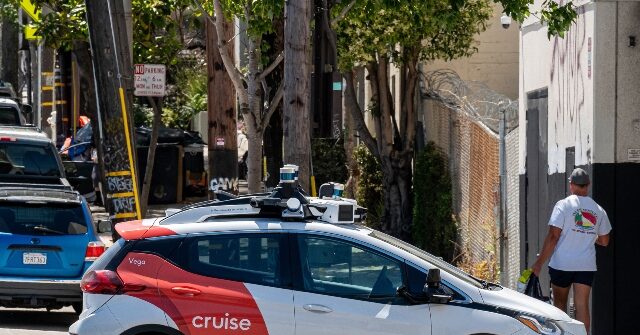General Motors (GM) has announced a significant strategic shift regarding its Cruise division, which was focused on the development of a driverless robotaxi service. The automaker has decided to cease funding for the service due to escalating competition, shifting capital allocation priorities, and the substantial resources and time required to advance the business. This decision comes after GM had already invested more than $10 billion into Cruise, demonstrating a significant commitment to the division before opting to fold it into the broader technical team within GM. Following the announcement, GM’s shares initially rose in after-hours trading but experienced a decline the following morning, illustrating mixed market reactions to the news.
CEO Mary Barra elaborated on GM’s rationale for this decision, emphasizing that while Cruise showed promise in establishing a robotaxi service, the complexities of managing a fleet and operational aspects played a pivotal role in the decision-making process. Instead, GM will pivot its focus to developing autonomous systems intended for personal vehicles, aligning this direction with the company’s strategic priorities. The integration of Cruise LLC into GM’s technical teams suggests a reshaping of resources and manpower, although specific details regarding employee transitions remain unclear, with Cruise currently employing around 2,300 individuals.
GM’s relationship with Cruise began in 2016, and the automaker currently has an approximate 90% ownership stake in the company. Anticipating an increase in its share to over 97% through agreements with other stakeholders, GM plans to finalize the acquisition of the remaining Cruise shares by early 2025. As part of this restructuring, CFO Paul Jacobson pointed out that GM expects to significantly reduce its annual expenditure on Cruise, which had previously amounted to about $2 billion, by more than 50%. This financial recalibration highlights GM’s strategic focus on more promising avenues within autonomous vehicle technology.
The backdrop to GM’s decision is marked by a series of challenges Cruise has faced recently. In October 2023 alone, the company temporarily suspended its driverless operations shortly before the departure of founder Kyle Vogt. Compounding these difficulties, the National Highway Traffic Safety Administration (NHTSA) imposed a $1.5 million fine on Cruise for its failure to disclose critical information regarding a serious pedestrian accident. A subsequent investigation, commissioned by GM and Cruise, uncovered cultural and leadership issues that contributed to regulatory failings, although allegations of a cover-up were ultimately unsubstantiated.
As Cruise dealt with operational standstills, its competitors in the robotaxi market, including Alphabet’s Waymo, the Chinese companies Pony.ai and WeRide, and Amazon-owned Zoox, have continued to advance their services. Tesla has also demonstrated its plans to enter the robotaxi space with concepts for a self-driving Cybercab and aims to launch a ride-hailing service by 2025, further intensifying competition within the sector. This landscape underscores the competitive pressures that GM faced while pursuing its Cruise division’s robotaxi ambitions.
Ultimately, GM’s withdrawal from the robotaxi service market signifies a reallocation of focus towards less contested ventures in self-driving technology for personal use. This decision reflects broader industry trends and the growing complexities of delivering autonomous services effectively. As the industry grapples with rapid technological advances and regulatory scrutiny, GM’s shift highlights a crucial moment in the evolution of autonomous vehicle strategies among traditional automakers looking to redefine their roles in an increasingly competitive landscape.

